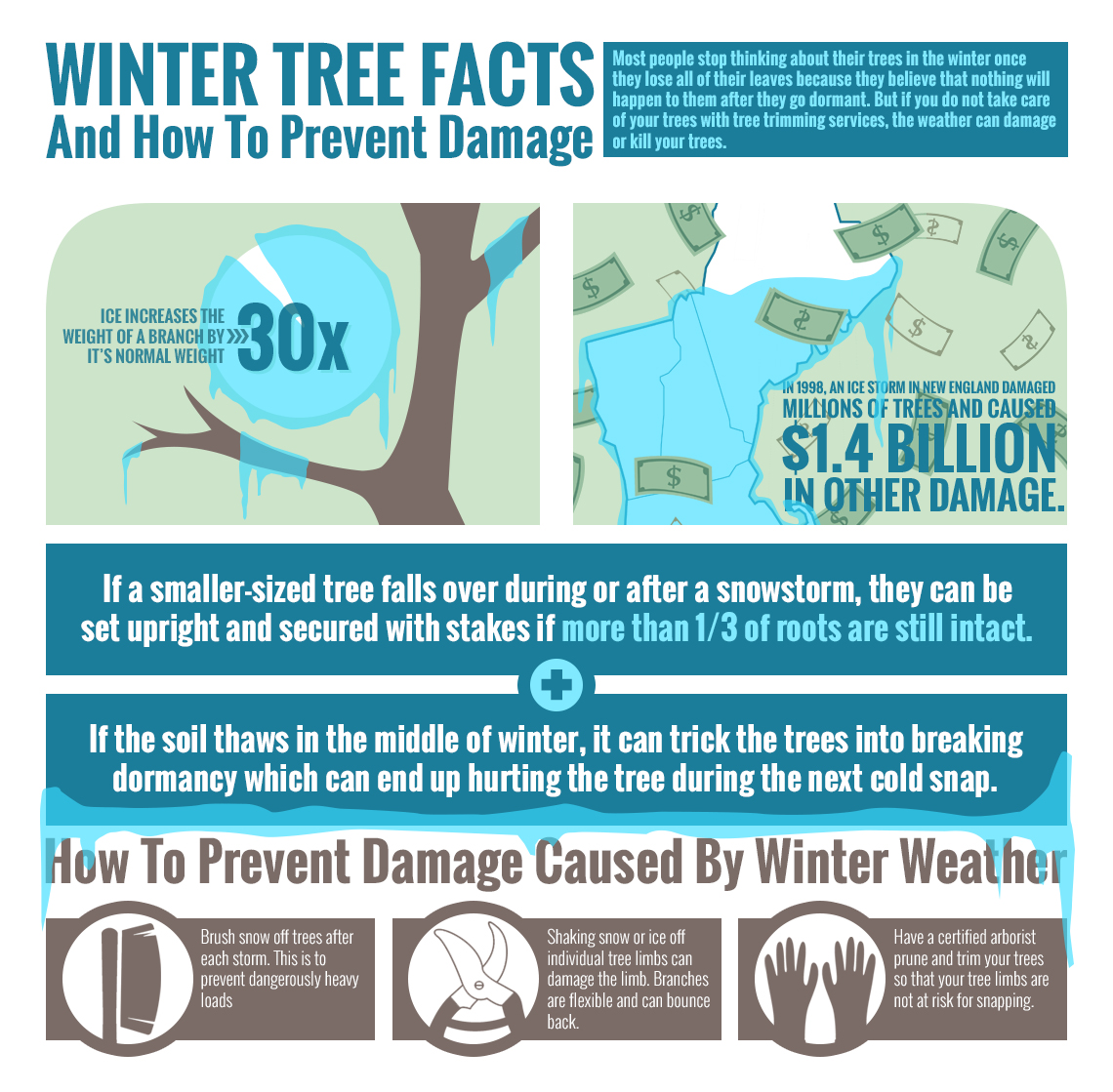Eliminate Trees With Confidence: A Comprehensive Guide To Safe And Effective Tree Elimination Practices
Eliminate Trees With Confidence: A Comprehensive Guide To Safe And Effective Tree Elimination Practices
Blog Article
Developed By-Hendrix Templeton
In the dry landscape of Phoenix metro, trees give beauty and reprieve. However, they may call for elimination for health and safety reasons or due to space restrictions.
Tree elimination is an intricate task that calls for mindful planning and adhering to recommended procedures. This post will check out the necessary steps involved in secure and efficient tree elimination.
1. Evaluate climbing arborist , tree elimination comes to be needed due to issues such as disease, pest invasions or architectural instability. However, prior to the process can begin it is important to recognize the problem of the tree, its distance to buildings or power lines, and various other elements that might affect just how hard it will certainly be to eliminate the tree.
Look for staining of the bark or leaves, signs of insects or various other damages on the trees, and if there are visible fractures in the trunk or significant limbs. In addition, take note of the soil in which the tree is expanding-- aerated, wet and nutrient-rich soils are best for healthy trees. This will help assess the wellness of the roots and identify if the tree is in threat of dropping during strong tornados or causing foundation damages to structures close by.
2. Examine the Tree's Area
Trees usually expand in tight rooms and hard-to-reach areas that can be tough or hazardous to get rid of. It's not an easy or do it yourself job and it is best to call an expert tree removal business.
Recognize the location of your tree and see to it it will certainly not drop towards a driveway, pathway, structure, power lines, or other structures that could be damaged when it falls. A professional can evaluate the scenario and determine whether it's secure to reduce or otherwise.
Determine the height of the tree by determining from a recognized factor on the ground to a spot on the trunk at its base. You can likewise circle the tree and check out it from all directions to see where it leans. This way, you will recognize where to cut it.
3. Make a Plan
Whether a tree is infected or just an eye sore, it is necessary to plan for its removal. This consists of preparing the work area by getting rid of lorries, outside furnishings, fire pits, and any other products that could be harmed by dropping branches or debris.
This is additionally a good time to make sure you have the best safety equipment for the job. This includes a hard hat, eye and hearing defense, handwear covers with non-slip hold material on the fingers and palms, and steel-toed boots. Other safety preventative measures consist of planning in advance, cutting at an angle, working with a companion, and taking regular breaks.
It's additionally an excellent idea to plan for disposal choices, such as chipping and mulching. This is an eco-friendly option to sending out the wood to a land fill and promotes sustainability by minimizing the requirement for brand-new resources.
4. Get ready for the Fall
Trees can be attractive enhancements to your residential property, but they can likewise posture a safety and security danger if they are too close to structures, autos, high-voltage line, or other frameworks. It is necessary to employ a professional with the ideal devices and know-how to remove these trees safely.
It's also a good idea to get ready for the loss of the tree by clearing the area surrounding it. This includes eliminating automobiles, exterior furnishings, fire pits, and other things that could be damaged when the tree drops.
It's additionally a great idea to employ a hunt, as working alone can enhance your risks of injury or death throughout tree removal. It's vital to use proper safety equipment, including a construction hat, eye and hearing protection, gloves, and steel-toed boots.
5. Get rid of the Tree
Tree elimination calls for a lot of tools such as chainsaws, ladders and ropes. Specialists recognize how to use these tools safely and correctly. They also comply with rigorous safety protocols when collaborating with trees.
If a tree is near power lines, the removal procedure must be taken with extreme care. Also a tiny blunder can cause a power outage and electrocution. For that reason, it is very important for house owners to work with professionals that are familiar with getting rid of trees that are in close distance to power lines.
When the tree has been lowered, it is essential to remove the stump and root system. Getting rid of a tree isn't simply a simple job; it includes a lot of preparation and implementation. Aftercare is also critical, including growing new trees and examining the area for any kind of dangers or sprouts.